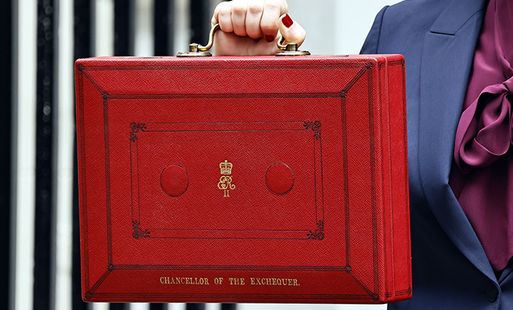Streets Ahead: building health on the high street
The high street is a British institution. This report explores what needs to be done so that high streets not only thrive but also support the local community to do the same.
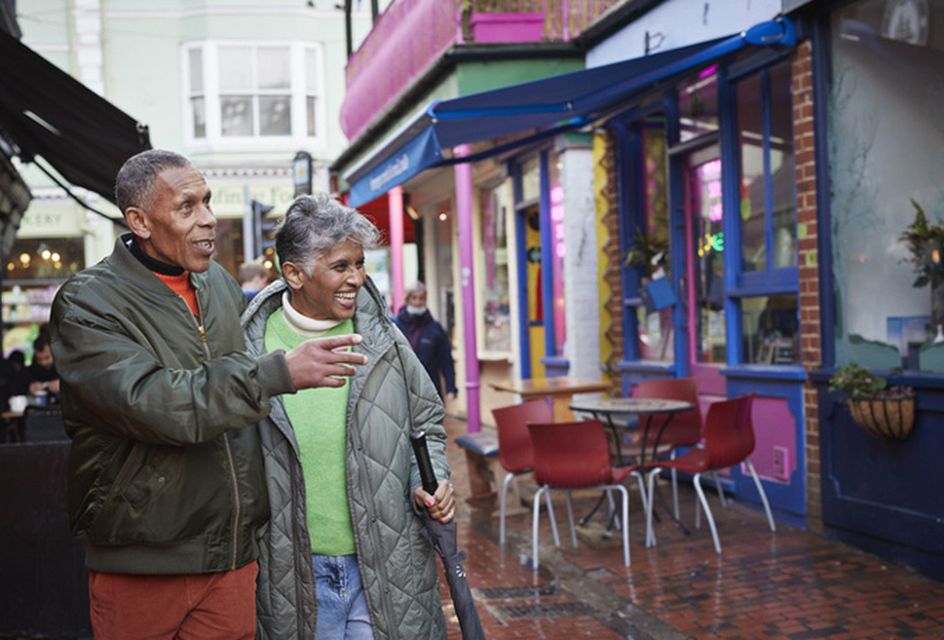
Visited by millions of people every day, high streets have played a role in our lives for centuries and are the heartbeat of our cities and towns. They are where people work, shop and socialise, making the high street the perfect place to promote healthier behaviours.
Over the decade since the RSPH published Health on the High Street (available below) there has been no shortage of initiatives and schemes to revive our high streets, but we still aren’t seeing them become the drivers of health and wellbeing that they should be. There is a clear need to regenerate high streets so that they meet the needs of today’s society.
This report brings together the expertise of the public health, planning, and business communities to set out a roadmap for every local authority to put in place the facilities and services which are needed to ensure that their high streets not only thrive, but support the local population to do the same.
Streets Ahead: at a glance
Key findings:
- 49% of of people in the UK do not have access to green spaces where they can exercise or rest in their high streets.
- 42% told us they do not have good transport links.
- Existing grants and systems aiming at supporting high streets and local authorities are fragmented and short-term.
- There are essential building blocks that support our high streets to become healthier, among them community empowerment and supportive work.
- There are several projects that used one of these building blocks and positively impacted the health of their high street.
Recommendations:
- Local authorities should publish high street action plans with a point of contact to implement the Healthy High Streets Framework.
- Government should legislate for a statutory duty on other bodies to cooperate with local authorities in creating healthy high streets
- Developers should consider health outcomes as well as economic outcomes when putting together proposals for regeneration.
- Businesses and the government should consider offering further training and support for staff working on the high street
- Government should equalise the tax burden between in-person and remote retailers, using the dividends from this to fund improvements to our high streets.
Key statistics
said they did not have enough shops selling healthy food on their high street
of land in cities is freely accessible green space
commercial properties are empty across the UK
What is a healthy high street?
RSPH analysis shows that a healthy high street is a place where all the building blocks for better health outcomes are present. This includes community empowerment, transport links, inclusive design, safety, good quality retail, social spaces, health services, healthy food, green spaces and supportive work.
How can we improve the health on the high street?
Implementation of the building blocks
RSPH research demonstrates that the 10 building blocks of a healthy high street, which are community empowerment, transport links, inclusive design, safety, good quality retail, social spaces, health services, healthy food, green spaces and supportive work; can positively influence the health of people who visit high streets. Implementing these building blocks will help communities thrive.
Less fragmentation
Most of the support available to high streets is inconsistent and short-term. Grants and other types of funding are patchy and do not encourage long-term vision. Also, institutional leadership can be multiple, and the messaging can be unclear. A less fragmented system with a strong leadership, clear institutional responsibility and long-term funding could help improve the health on the high street.
Join our healthy places campaign
You can help us to create a place for health in every setting and help drive a revolution in how we think of and deliver health support, enabling people to build healthier lives, rather than just preventing ill health. If you want to be part of that revolution, sign up below to hear about how you can help us to deliver healthier places and happier lives.
Get involved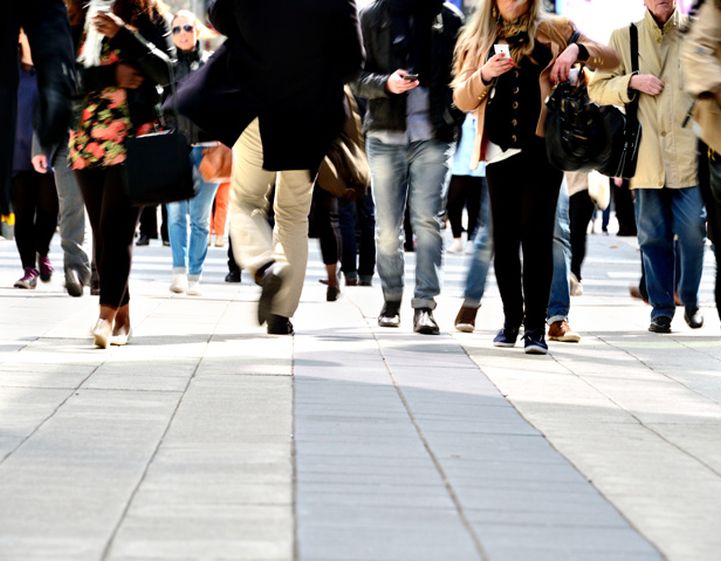
Past healthy high street reports
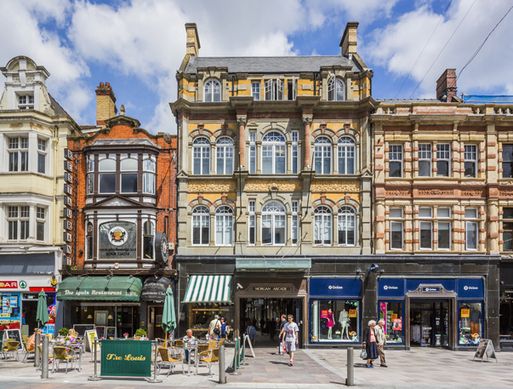
Health on the High Street 2015
PDF2.5mb
Our 2015 campaign and policy report, exploring the healthiness of Britain's high streets, and how businesses and local authorities can improve the health of their communities
Download file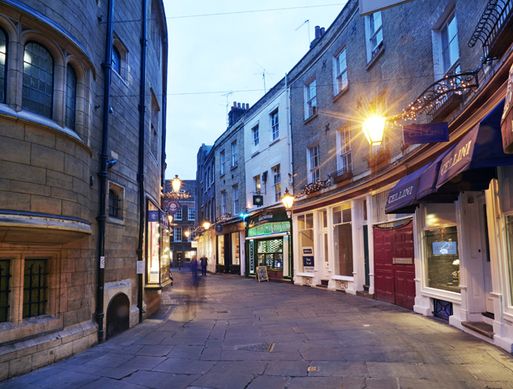
Health on the High Street 2018
PDF14.5mb
Our 2018 report updates and expands on the original high street analysis, reflecting the ever-changing face of Britain's retail environment.



